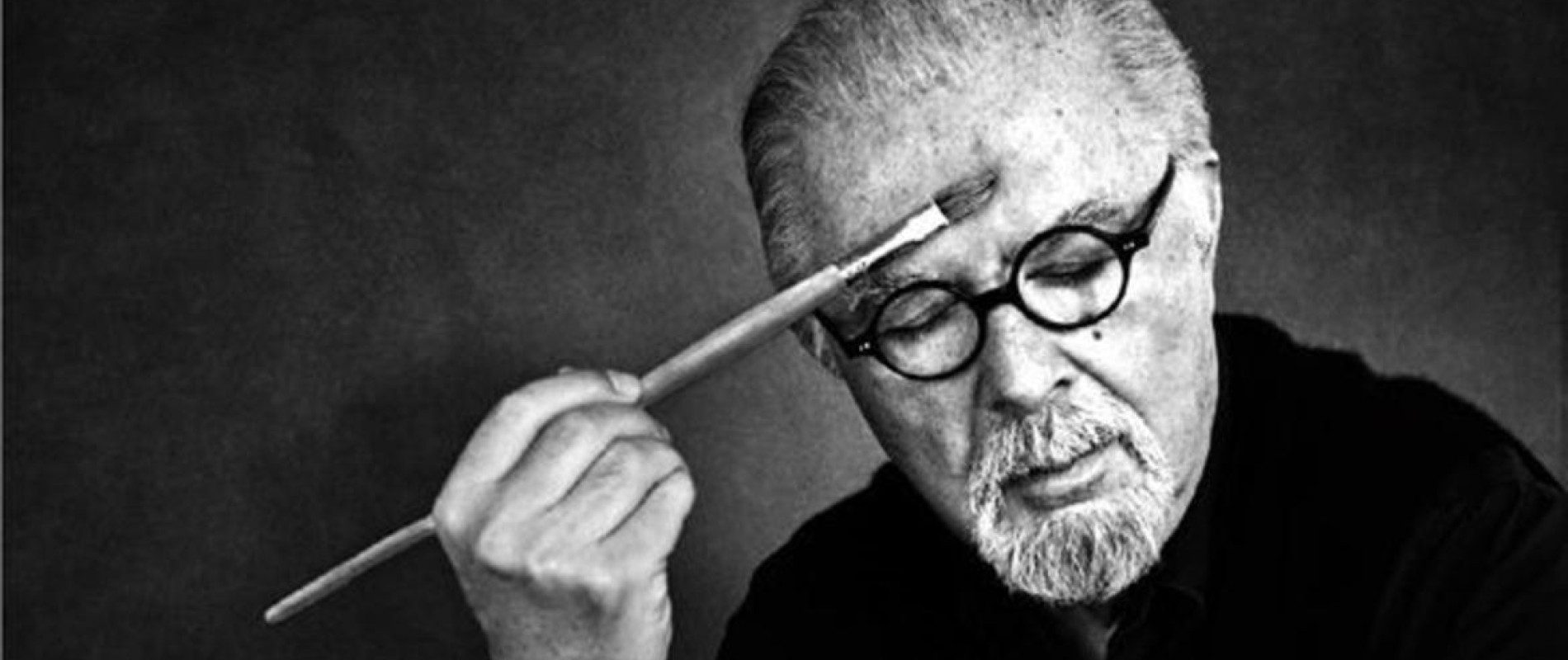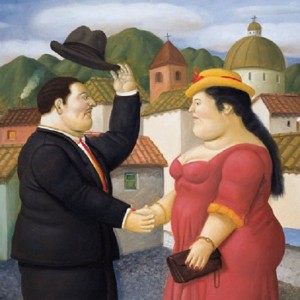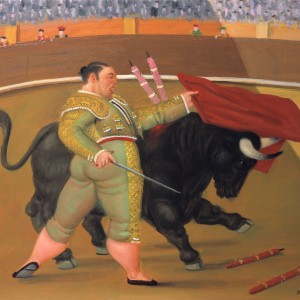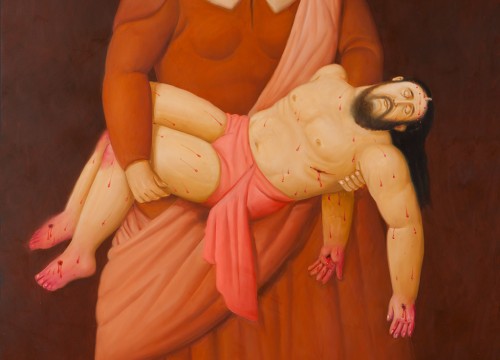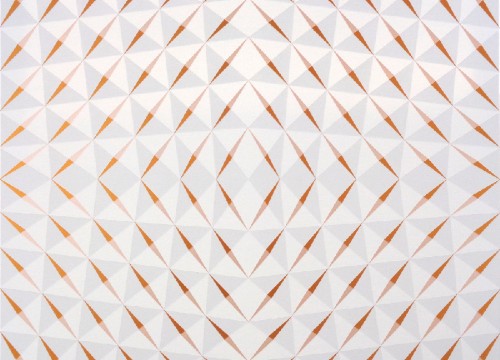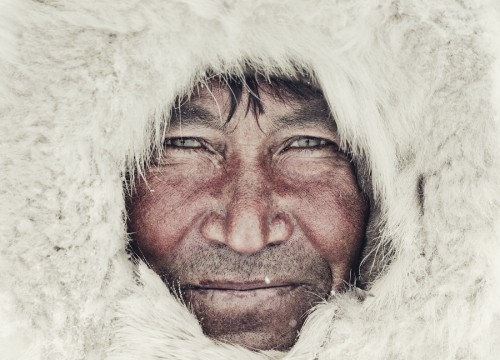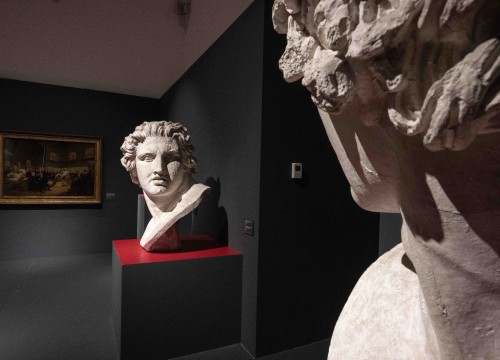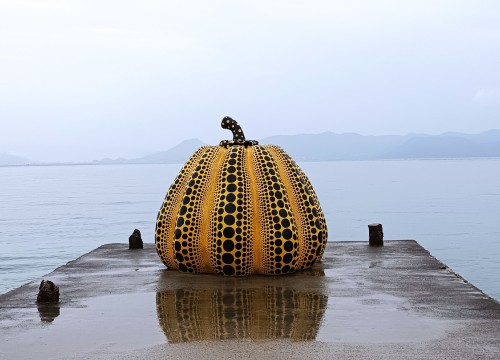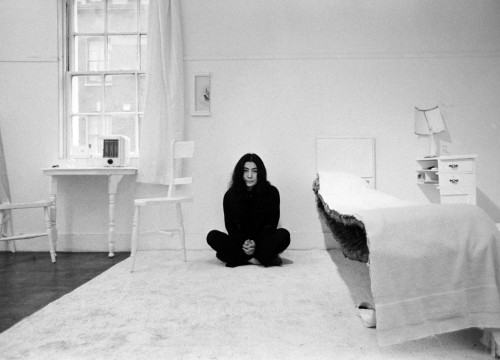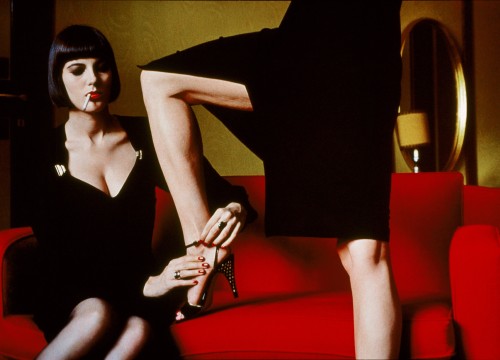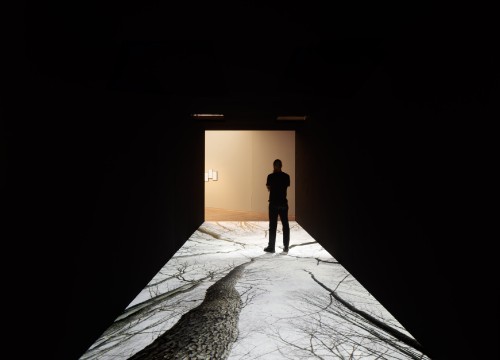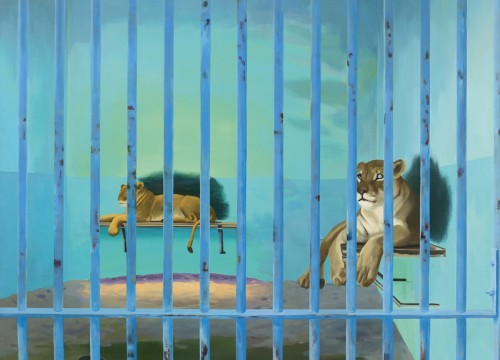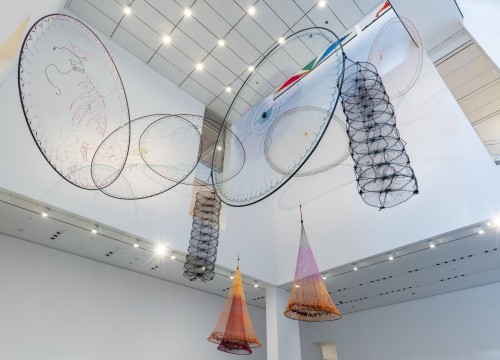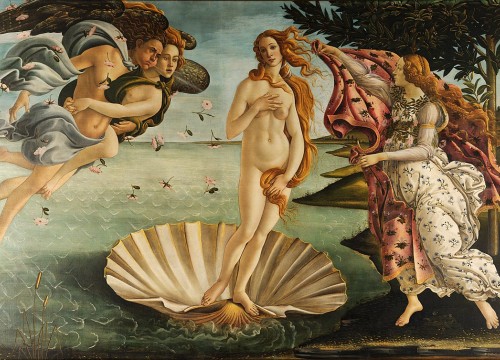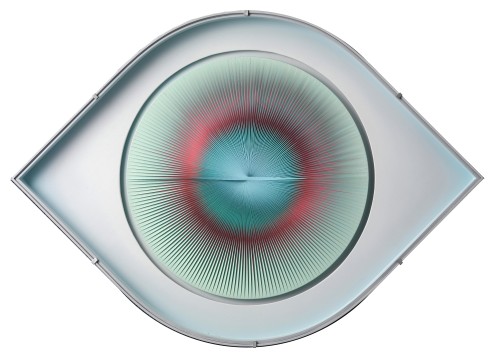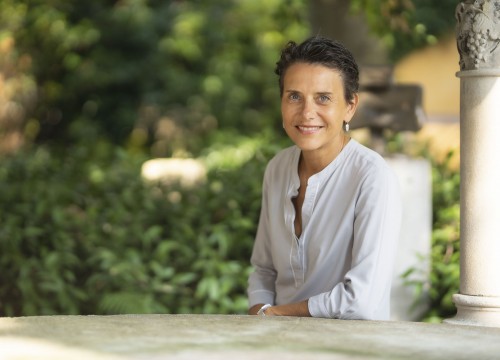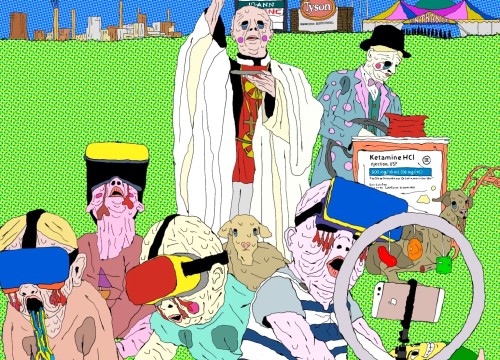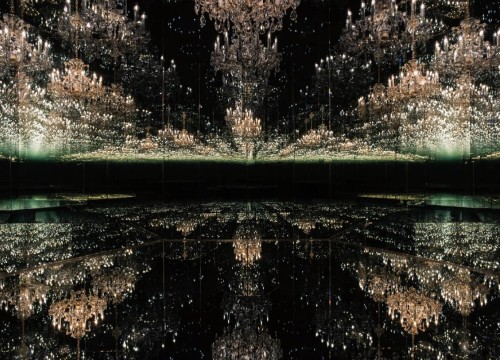Childhood in a still enchanted Medellín. The school for bullfighters where, instead of killing bulls, he paints them. Then in Europe to study the Masters of the Renaissance. Finally, the planetary success
We try to immerse ourselves in the Medellín of the ‘30s-’40s. A small Andean town in Colombia that looks more like a village than a metropolis for which he still feels no vocation. Two-storey houses colored with green and fuchsia, stacked side by side, balconies overlooked by prosperous women with a rose in their hair and a fan in front of their face. A network of winding and narrow streets. We move on foot, someone lucky on horseback. Fernando Botero was born and grew up here. Fatherless at 4 years old, he is raised by his mother, surrounded by a narrow society, made up of reticence and catechism. A place where modernity does not enter. At best, it is a dream cultivated secretly. More widely, a nightmare, a perversion, a disease. But Señora Botero, that widowhood strengthens in maternal love, does not care about these things. She looks proudly at the first watercolors paintings of bullfights sketched by that weird son who attends a school for bullfighters and, instead of learning to matar todos, he paints them. She encourages him. Perhaps thinking, she doesn’t know how wrong, that the painter profession is less dangerous. She offers him the gift, extraordinary for the time and the environment, of freedom. She does not imagine that, following that gesture, Fernando will become a kind of national hero, people dedicate squares to him, museums. People will stop him on the street to ask him for an autograph and then brag to friends about knowing him. She cannot know that the first colored sheets potentially enclose the great canvases and sculptures that will come, disputed by the most demanding gallery owners and collectors in the world. She will never know that her son, the only living artist, will transform Les Champs- Élysées into an immobile, moving and poetic parade of marble and bronze from another Latin America.
MEN TALK INTIMATELY OF THEIR VISITS TO THE BROTHEL, THEY LAY DOMINEERING LOOKS ON THE HIPS OF A BEAUTIFUL GIRL PASSING BY
Mythical, fantastical, visionary, as in the words of Marquez, Borges, Amado. Different from the one we have been used to in the news with Escobar and the narcos. He will represent, indeed, a sort of redemption. At the age of 20, after a first stop in Bogotá - the time to win the 7000 pesos of the Artists Salon prize - the coveted Europe, finally. Madrid, Paris, Florence. Ravished by Goya, Velázquez, Tintoretto. The electrocution before Giotto, Andrea del Castagno, the Italian Renaissance. The determination to perfect the technique. The almost maniacal application in the study of fresco painting. Loves that will remain on him - inside - forever, mixing with the first images that fed him as a child. In the eyes, in the heart and in the artworks the rarefied atmosphere of his tropics, of his Cordillera, of his ocean. He paints that small portion of an enchanted universe that no longer exists. A life that flows slowly, underground, in silence, the sweaty hours of the siesta, when the words are spoken in half voice. They will become speeches of men in the churchyard of a hispanic church on Sunday morning. They decide on business that must remain secret. They challenge each other: who is stronger, richer, more powerful. They confide in visits to the brothel, they invent stories of incandescent intercourse. They place dominating glances on the hips of a beautiful passing girl, convinced that her shapes invite her to steal a virtue that, however, out of respect for her father or brother will never dare to take away. We observe amused this fat and grotesque macho of canvas and stone, touched not even for a moment by the doubt of being ridiculous. He inhabits a corner of land from ancient history. His exaggerated fat is what remains of the grandeur of a Mayan sculpture, or of the arrogance and pride of the conquistadores. He inherited baroque redundancies, parodies of hidalgo, Jesuits and inhibitions. But blood is as hot as the weather and that certain neighborhood where God, a wife, an immaculate girlfriend can easily be forgotten. Although the Council of Trento had accepted almost 500 years ago the idea that the woman also has a soul, in Catholic South America she will continue to be above all, obstinately, wonderfully body.
RELIGION, EROS AND DEATH ARE INTERTWINED IN POWERFUL ARTWORKS. OF STRONG EMOTIONAL IMPACT. HE PORTRAYS AN ENCHANTED WORLD THAT NO LONGER EXISTS, BUT ALSO THE PAINFUL ONE, UPSET BY VIOLENCE
Provocation of the flesh, which overflows, swells, rolls up to excess. She rebels maliciously to the constraints of the corset. It boldly comes out of the necklines. It pulls the fabrics, tests the resistance of the buttons. Abundant, naive and sinful creatures all together. Sometimes, they lie down with a full smile on sofas that you do not know how, miraculously, they can support their abnormal weight. Sometimes spied, while in the mirror they foretaste, greedy, a burning encounter. They light up archaic senses, never completely dormant. They promise carnal happiness to which, then, it may perhaps follow for the satisfied lover the sweet sleep, dreamed by Baudelaire, in the shadow of giant breasts. But Botero is all this and much more. After showing the Colombia of his dreams and his childhood, he cannot help but entertain himself with that of nightmares and reality. Under the eyes of the mature artist, an upset, painfully, deeply changed country. Brought to its knees by drug traffickers. Mass killings, massacres, kidnappings. The bells, which once sounded merrily, in later works seem to spread in the air the mournful and grave tolls of death. In procession people no longer go to honor a patron saint, but the memory of a dead man killed. Everywhere the gaze lay, it meets tears and blood. He feels that the suffering of his people belongs to him. It is his own suffering by birth. By vocation, he must paint it. He denounces to the whole world those horrors, aware of the power of artistic vision, who knows them well. Unlike the television and journalistic image, the consumerist rapidity with which it is devoured and soon forgotten, his will instead oblige the viewer at the slowed time of contemplation. That is assimilation, reflection, awareness. Powerful canvases emerge, with a very strong emotional impact. Violent and poignant together, to the point of spasm. They say that those martyrs without glory did not pass away in vain. Botero arranged much more than a pitiful burial: through art, he handed them - and himself - to immortality.
Now that you are ashes in the cemetery of Pietrasanta, next to the beloved Sophia, yours the rest of the great, Fernando.

